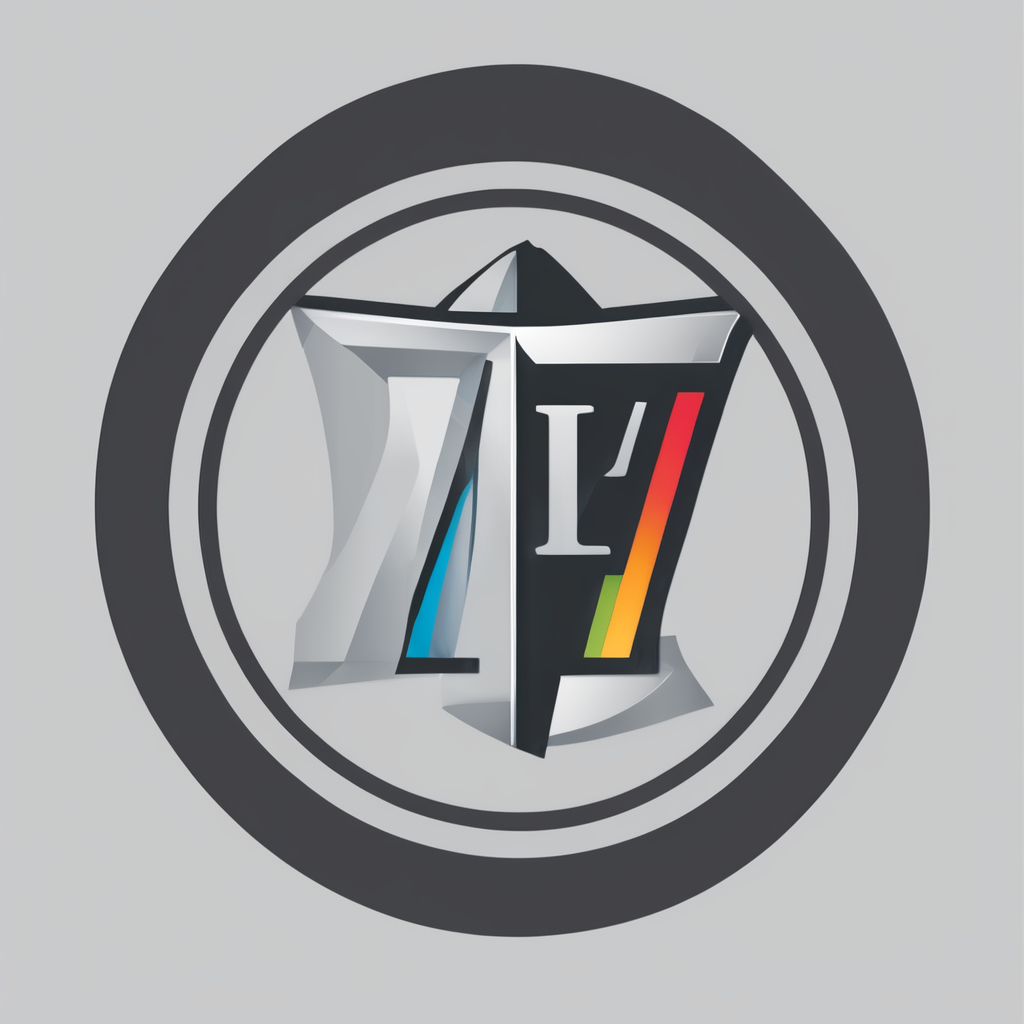Achieving meaningful customer interactions demands more than simple messaging—it requires a platform that unites data, AI, and multi-channel communication. A versatile engagement solution empowers businesses to deliver personalized journeys in real time, boosting loyalty and ROI while ensuring compliance and scalability. Understanding these capabilities helps select the right tool to transform customer relationships and stay competitive in an evolving digital landscape.
Essential Overview of Customer Engagement Platforms
Understanding the evolution of customer management tools starts with the Customer Engagement Platform, a dynamic hub that does more than organize sales contacts. This page explains how a single platform can orchestrate seamless omnichannel communication tools—integrating email, SMS, social messaging, live chat, and voice—all in real time. Unlike traditional CRMs, which focus on tracking sales pipelines, or CDPs that simply unify data, engagement platforms operate as command centers for personalized interaction and automation. Businesses benefit from AI-driven consumer engagement, automation in customer service, and tailored communication journeys that respond instantly to changing customer needs.
Also to discover : What are the implications of financial regulations on UK businesses?
Key differentiators of these platforms include:
- Centralized profiles that collect and activate first-party data for personalized customer engagement techniques.
- Workflow automation across marketing, sales, and support to eliminate context switching and increase productivity.
- Built-in analytics and segmentation for measurable customer experience improvement strategies, driving higher retention and revenue.
- Strong compliance and data security controls adapted to evolving privacy regulations.
Industry-recognized solutions such as Insider, Braze, Twilio, Zendesk, and Vocalcom give teams the flexibility to deliver high-value experiences at scale. As competition intensifies, leveraging such platforms becomes critical for achieving both operational efficiency and meaningful, data-powered relationships with every customer.
In the same genre : What are the implications of new tax policies on UK businesses?
Core Features and Functionalities
Multi-platform customer support systems are essential for companies aiming to provide seamless service across digital channels. These solutions bring together email, SMS, live chat, WhatsApp, and voice communications, letting teams track and respond to every customer touchpoint from a single dashboard. Tracking and attribution become streamlined thanks to unified interfaces that record full customer histories. This dramatically reduces data silos—marketing, sales, and support share one real-time view, making coordinated responses easier and minimizing lost context.
Increasingly, organizations rely on integrating chatbots in service to automate responses and support agents 24/7. These AI-driven bots handle simple tasks, resolve frequent inquiries instantly, and even route complex issues to human staff. With advanced automation in customer service systems, businesses manage higher volumes while keeping response times low and consistency high. Integration extends to predictive segmentation, where user behavior is analyzed in real-time to orchestrate more personalized journeys. Customers receive tailored information or offers at exactly the right moment, boosting engagement and retention.
Adopting real-time customer feedback tools allows companies to measure satisfaction continuously. Automated surveys and feedback widgets collect insights as events occur, feeding data back to central systems for immediate action. These improvements let companies act quickly on user experience signals—optimizing journeys, preventing churn, and building brand loyalty without delay.
Market Leaders and Platform Comparisons
The Stanford Question Answering Dataset (SQuAD) approach clarifies the landscape: the best customer support ticketing systems and cloud-based engagement software emerge by real-time cross-channel messaging, documented ROI gains, and proven social media integration in customer service. Core vendors—Insider, Braze, Twilio Engage, Zendesk Sunshine, Vocalcom, Salesforce, and Zoho—all offer different strengths in deployment and industry alignment.
Insider stands out with robust omnichannel communication tools and a powerful AI-powered core, delivering personalized customer engagement techniques via over 12 integrated marketing and service channels. Braze leverages AI-driven consumer engagement and automation in customer service for marketers needing highly personalized, real-time messaging and deep data analysis. Twilio Engage and Zendesk Sunshine appeal to organizations prioritizing open APIs, seamless integration with Salesforce, and unified customer support ticketing systems.
Vocalcom’s platform enables scalable communication platforms with omnichannel campaign management and advanced AI chatbots for customer support. Its 24/7 digital customer interaction solutions dramatically reduce response times and streamline the customer journey.
When comparing these vendor solutions for engagement, consider scale, industry specificity, integration ease (including with SAP customer experience solutions), and cloud CRM benefits. Transparent pricing and strong support ecosystems are also essential for making the right choice as your business grows.
Implementation Best Practices and Future Trends
Real-time analytics dashboards have become essential for optimizing omnichannel engagement. Teams use these tools to monitor campaigns and quickly adapt strategies, helping to prevent common issues like data silos or misaligned workflows. Instead of working in isolation, integrated real-time analytics dashboards guide both marketing and support departments toward shared goals, ensuring seamless interactions across platforms.
Segmentation and targeting techniques now rely on customer data platform integration. By unifying data, organizations are able to automate customer support workflow, deliver relevant content, and respond promptly to customer behavior in multiple channels. This improves campaign personalization and overall effectiveness, serving as a proactive customer service tool. The result: increased retention and reduced churn as customers receive timely, pertinent communications.
A shift is also seen in compliance and privacy. GDPR compliance in engagement software is non-negotiable, especially as organizations leverage sophisticated segmentation and targeting techniques. AI-powered engagement benefits not only customer satisfaction but also regulatory assurance by automating consent management and supporting transparent practices.
Looking forward, future trends in customer interaction highlight conversational AI, enhanced prediction models, and omnichannel orchestration. These advancements promise to streamline employee engagement in customer service, providing smart tools to automate repetitive tasks while keeping the human touch where it matters most.



